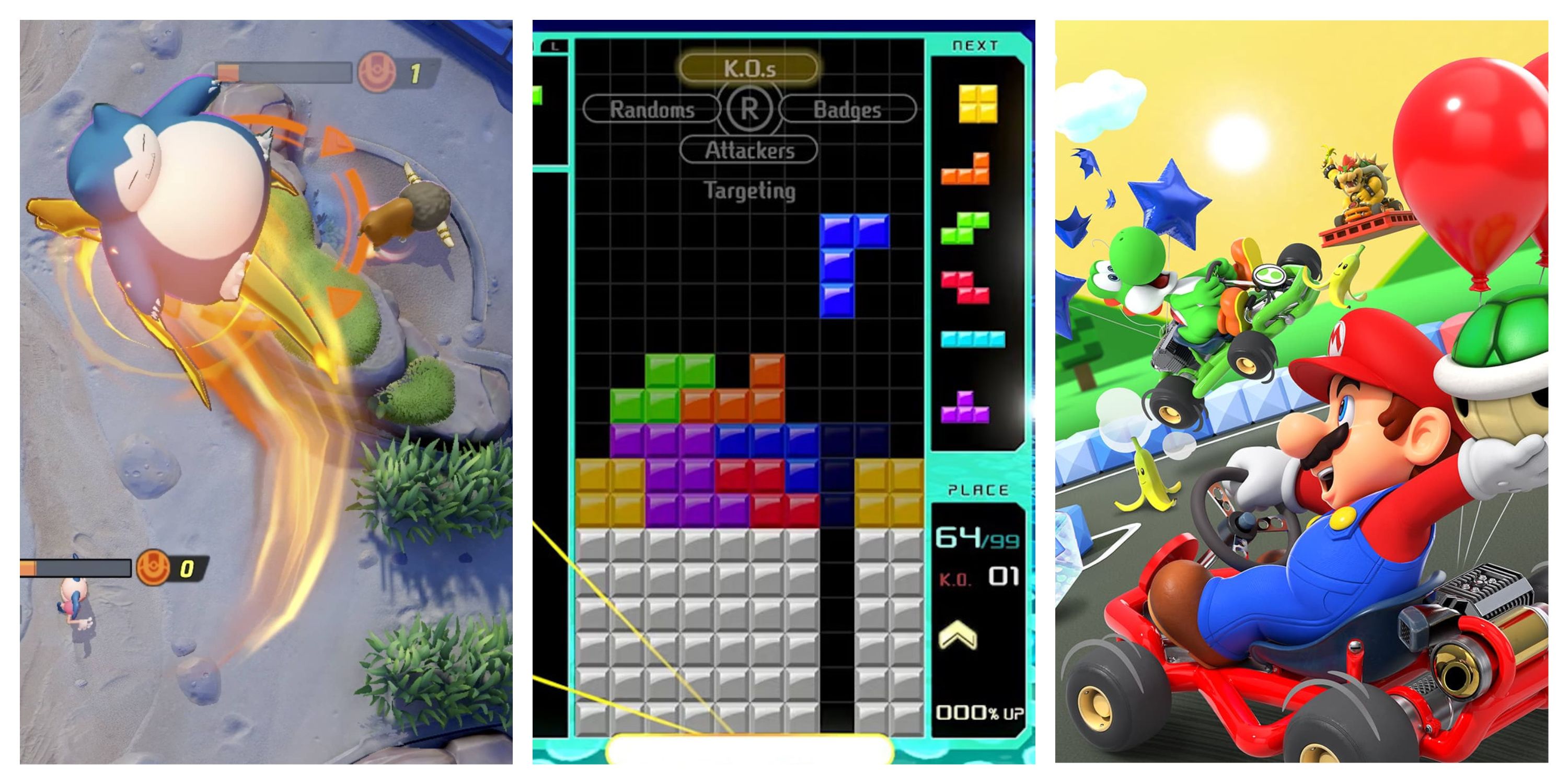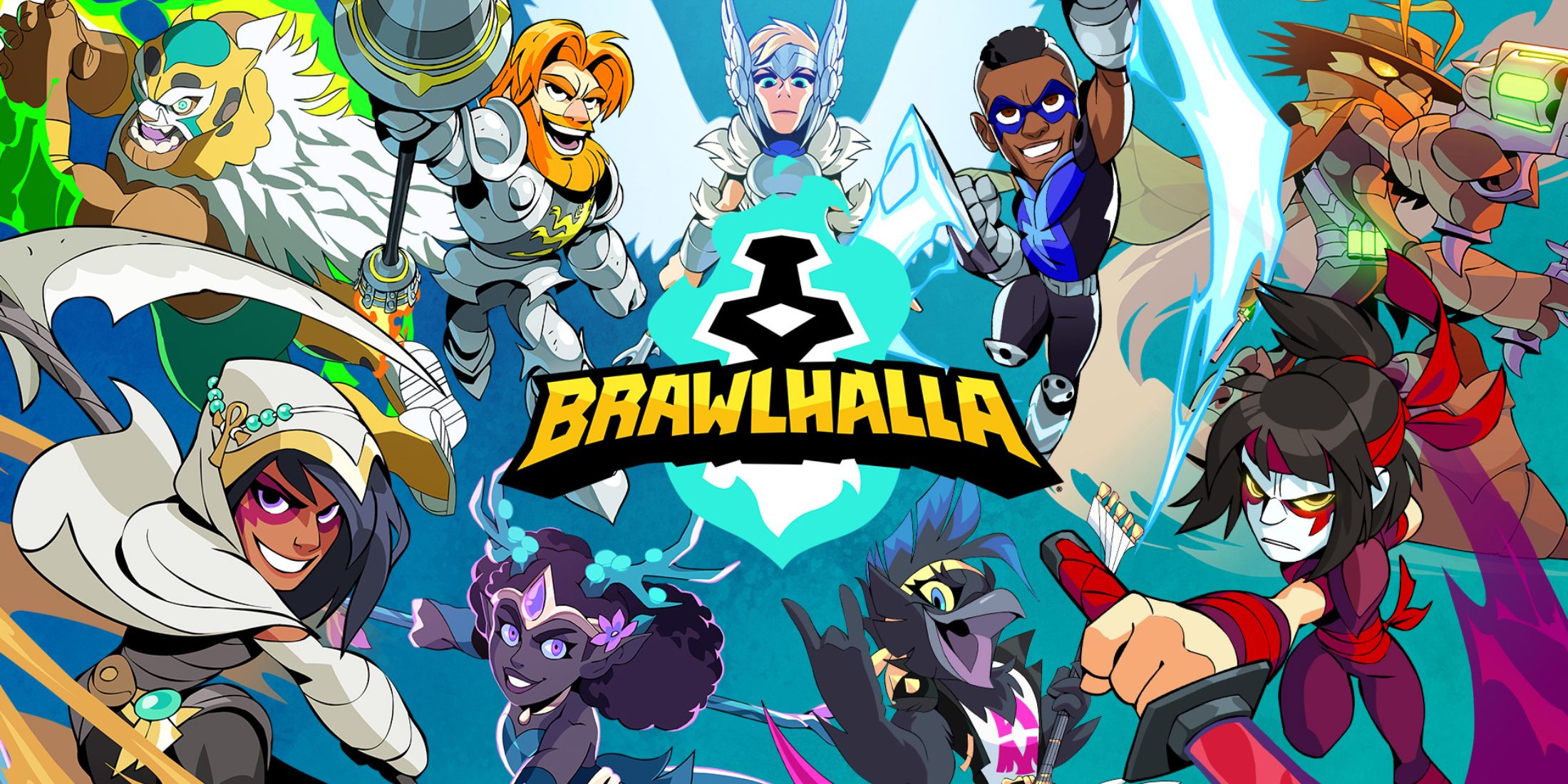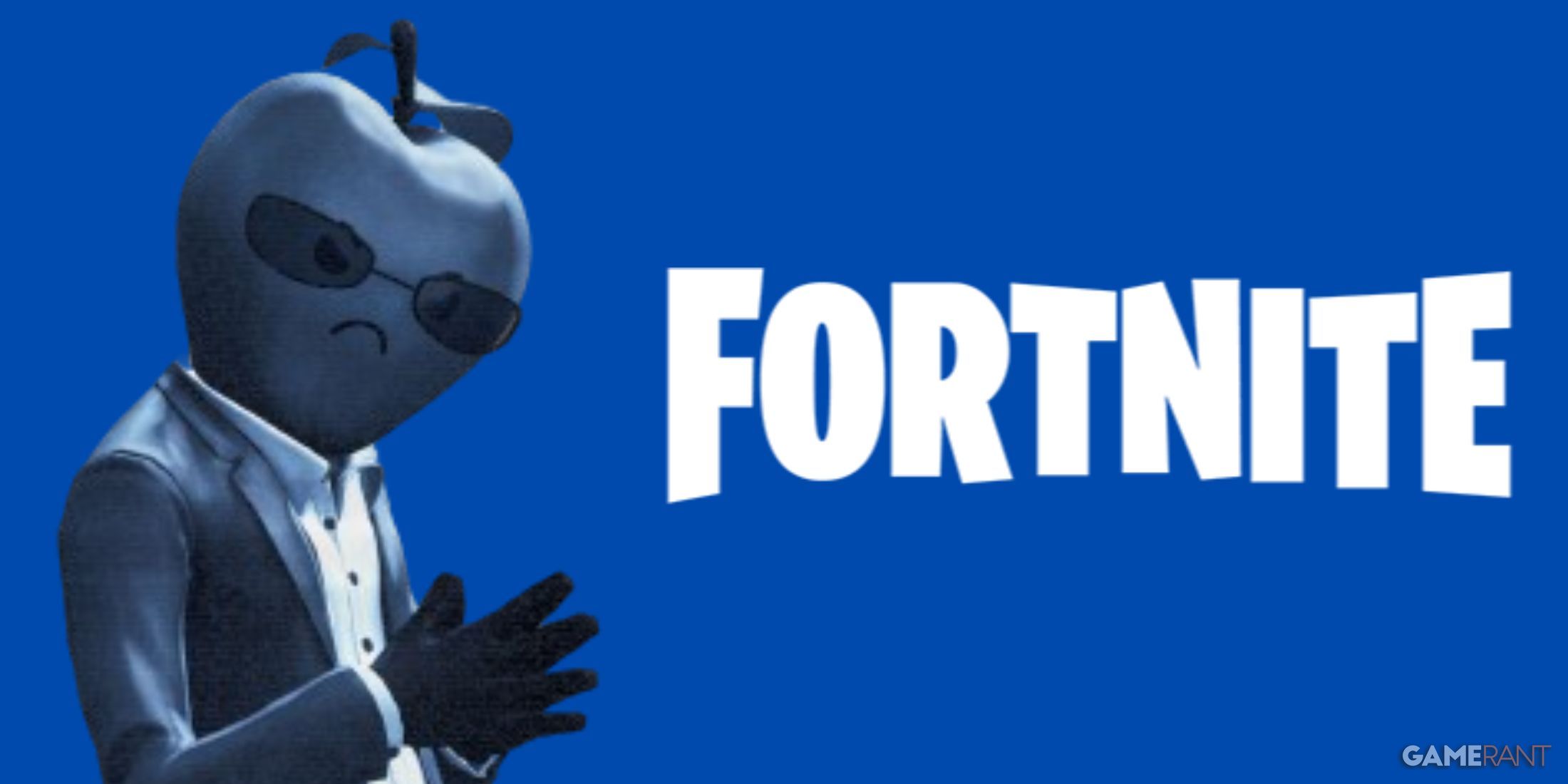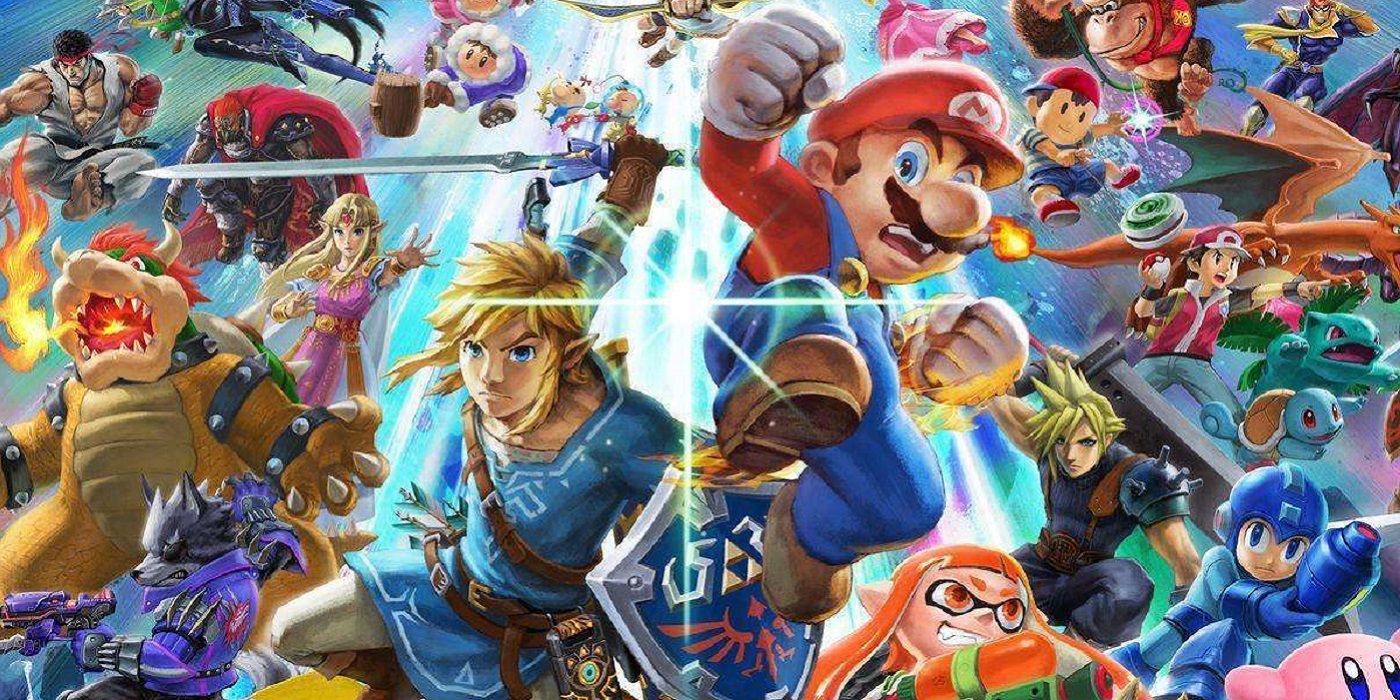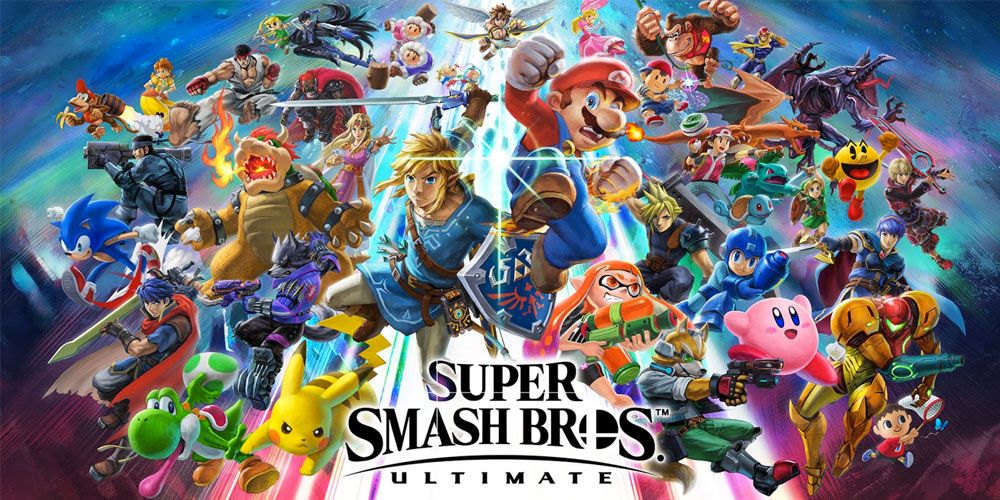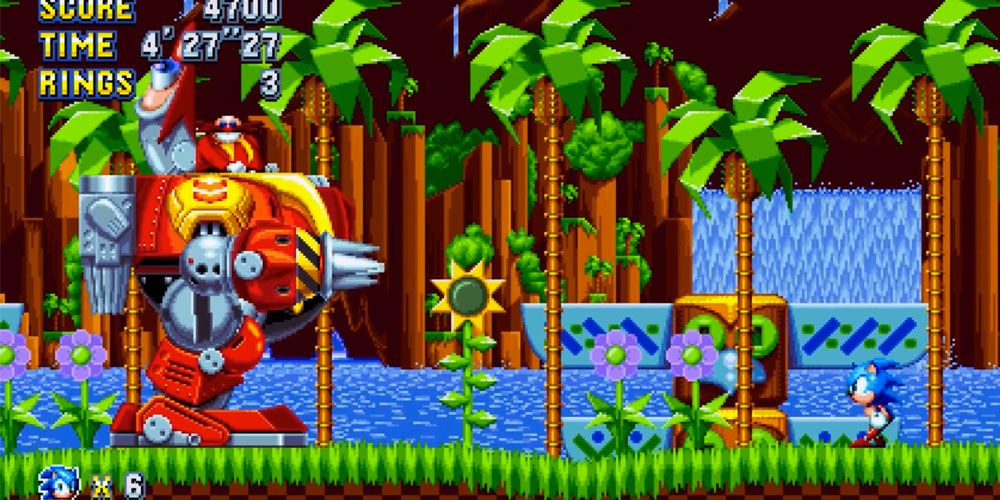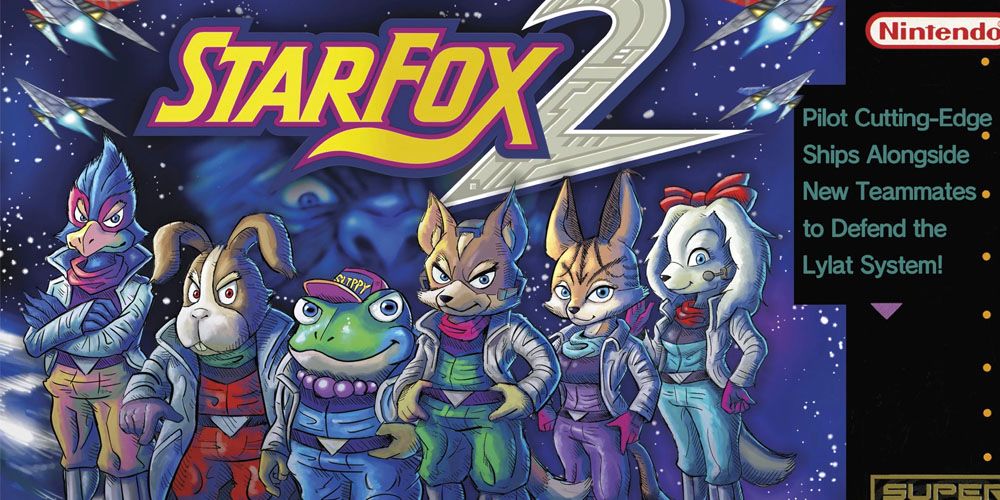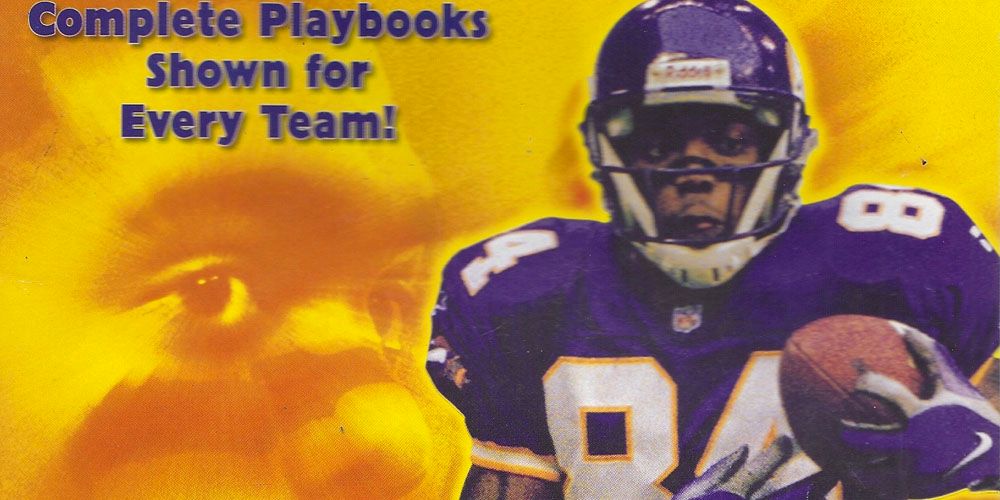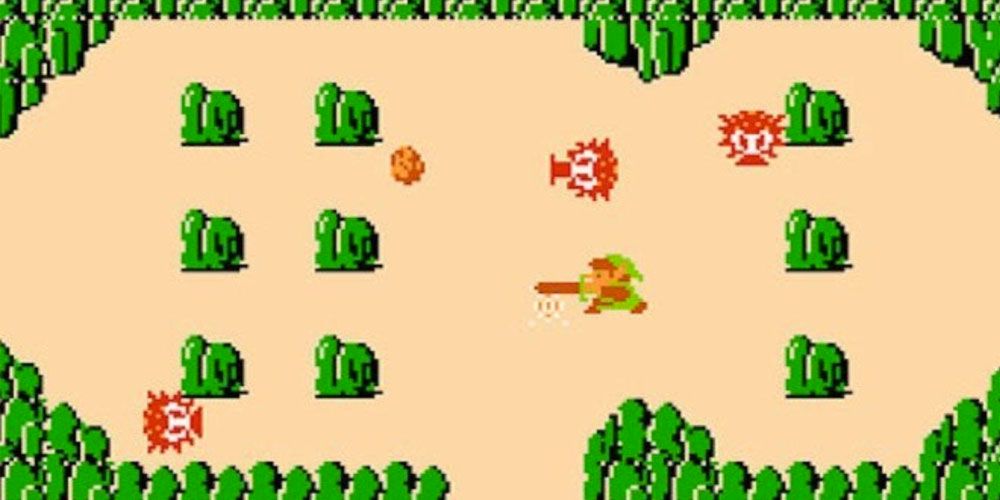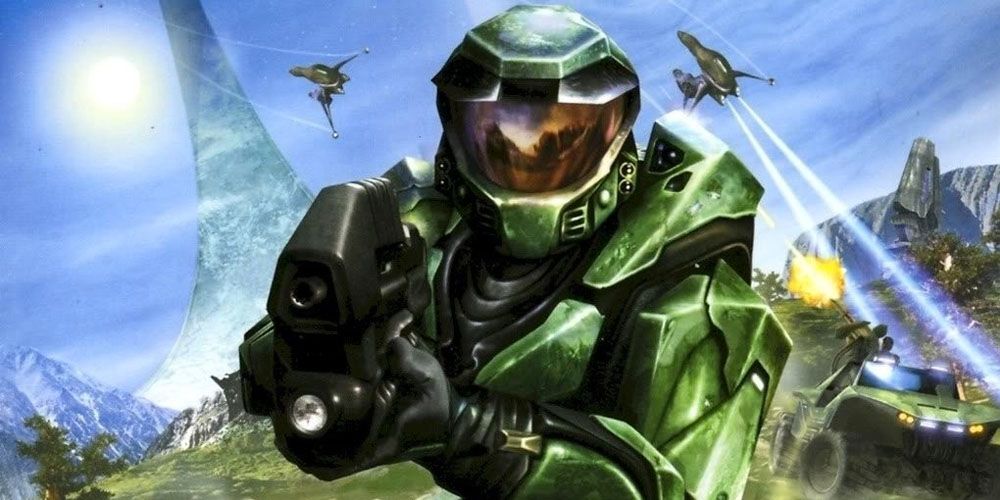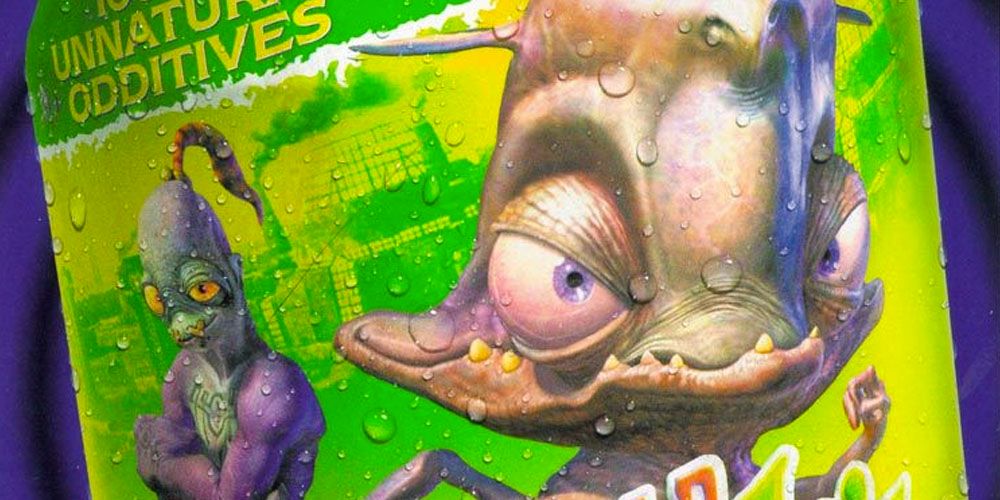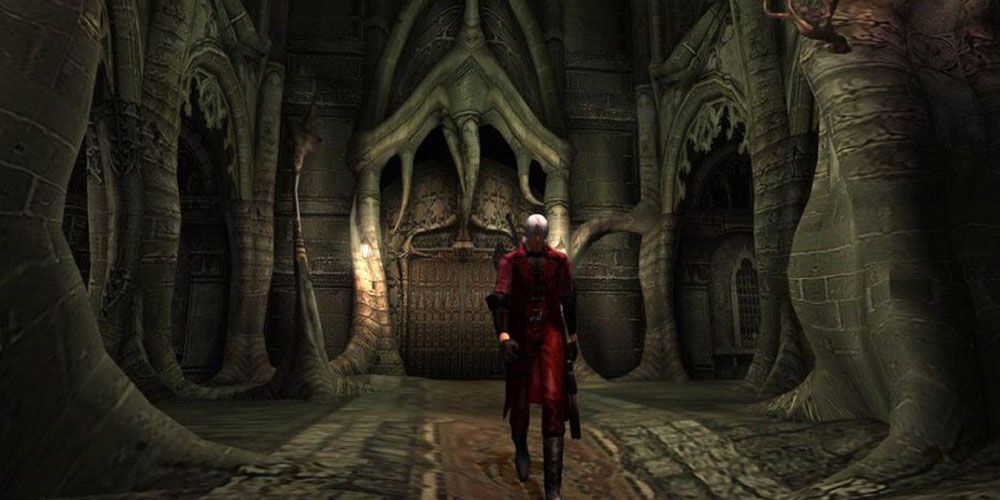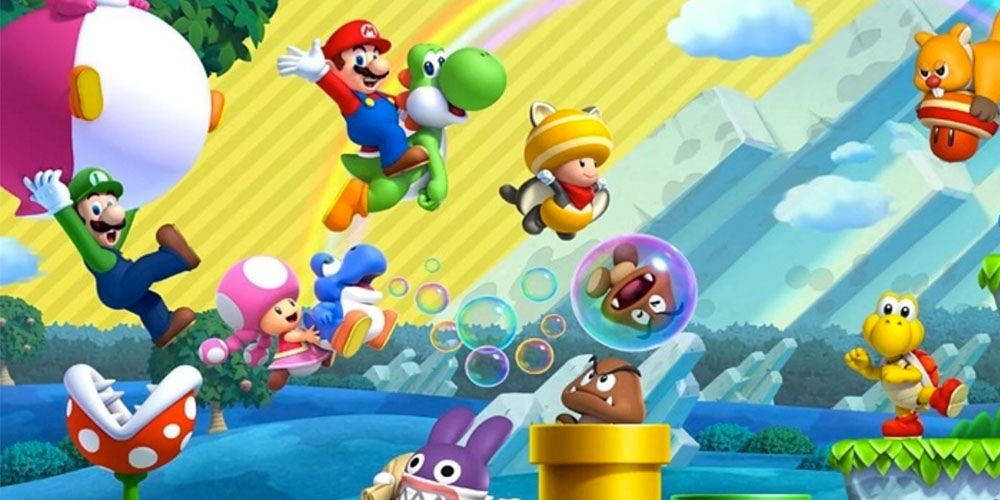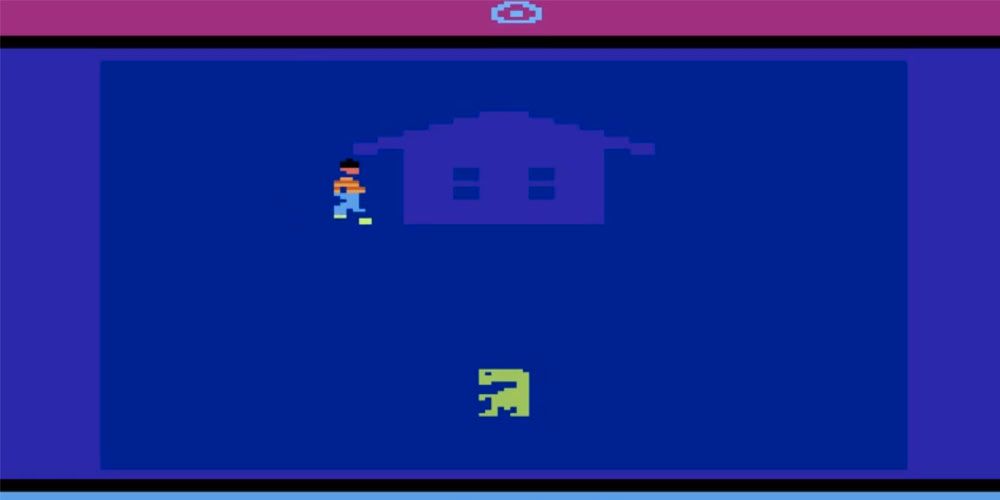The video game industry is weird. With decades of history to sort through, and only recently being treated as a proper entertainment business, for years, stories were kept secret, while others were completely made up. Now, with deep dives and more journalistic access than ever, some stories have been confirmed, while others were outright proven to be lies. Regardless, these stories became just as important to gaming culture than the games themselves.
Shaping how players view their favorite companies and video games themselves, these tales are integral to any discussion on the medium — making for some fun trivia along the way. We want to highlight these stories with this list — here are 10 Video Game Folklore Stories Every Gamer Needs To Know.
10 Super Smash Bros. Mission
Satoru Iwata was the longtime president of Nintendo. His untimely passing rocked the entire gaming industry, and to this day, we're still mourning the brilliant gaming mind. Yet, before his death, he met with Masahiro Sakurai, the creator of Kirby and Smash Bros., and gave him a task — make Super Smash Bros. Ultimate.
According to Sakurai, this was Iwata's last mission for him, and he took that very personally. The memory of his late boss inspired him to create what is undoubtedly the best game in the franchise, and one of the best titles on the Nintendo Switch.
9 Dr. Robotnik, Sega's Mascott
When Sega decided to replace Alex Kidd as their mascot, they turned to their AM8 R&D department to not only make a new company icon but compete with Nintendo's Mario. So, the division went to work, they designed a lanky prickly hedgehog (who later won the competition and was named Sonic), an armadillo (Mighty), and an egg-shaped man.
While a bunch of their designs went on to be iconic Sega characters in their own right, it's crazy to think that their version of Bowser was initially pitched to be their Mario. We guess it worked out, and that little initiative gave Sega a lot of ammunition for their coming war with Nintendo.
8 Star Fox 2 Was Almost Complete
Following the success of the Super Nintendo Entertainment System's Star Fox, the Nintendo got working on a sequel to the game. Focusing on space shooting, the game was going to be a solid followup to the original title, but the game was canceled shortly before being complete. The reason was simple; Shigeru Miyamoto thought it would be best to ditch the sequel to focus development on a fully 3D title for the Nintendo 64 — Star Fox 64.
The game eventually made its way to homes more than two decades later when Nintendo created the SNES Classic. It seems all the rumors about the game were correct, and it was near-release ready. Still, we prefer the N64 title we got instead.
7 EA Killed The Sega Dreamcast... Kind Of
Before the Dreamcast, Sega and EA had a relationship spanning almost a decade. The two companies helped put each other on the map with a partnership that included EA's sports titles on the Genesis. But, when the Dreamcast came along, their relationship went sour. Apparently, EA CEO Larry Probst didn't like the idea of Sega pushing harder to publish their own sports titles and would only work on the Dreamcast if there was no competition. When Sega refused, EA decided to ditch the new console.
While what went on to be known as 2K Sports helped make the Dreamcast great, the lack of Madden definitely hurt the console's perception in the public, and ultimately, was a big factor in the console's downfall. With that said, there were a lot of issues with both Sega and the Dreamcast before this mess.
6 The Legend Of Zelda's Third Quest
There were always rumors that there was a "third quest" in the original 1986 NES classic The Legend of Zelda, but there was no real proof. Then, for some reason, Nintendo's own magazine in Sweden published a blurb about it, setting more fuel to the fire. Telling players that after they're sent back to the beginning of the game following the completion of the second quest, things would be a little different in Hyrule, and it's up to players to find what it is — but it was all a lie. We're not entirely sure what the motivation was here, but it is pretty cruel, and we're sure thousands of Swedish kids spent hours looking for something that doesn't exist.
While now we know the only third quest exists in the Sattilivu version of the game, for ages, tales were passed along at the playground speaking of this non-existent portion of the game.
5 Halo... A Dreamcast Game?
So, before we jump into this tale, it's important to note, there is no evidence to support this claim. Yet, like many tales of folklore, there doesn't need to be any truth — it's just fun to talk about. Halo launched as an exclusive to Microsofts Xbox console and put the relatively unknown system on the map. With a robust multiplayer mode and captivating story, it had it all for players in 2001.
Yet, perhaps because of Microsoft's closeness to Sega, how recent the death of the Dreamcast was, and the system's affinity for online play, many players speculated that maybe, if Nintendo's old rival held on a little longer, Halo would have saved the system from certain doom. Obviously, those are the dreams of a fanboy, but it's interesting to speculate about nonetheless.
4 Oddworld, Microsoft's Mario
When Microsoft launched the Xbox console, they needed a Mario. Taking a page out of Sega's book, they looked to make something similar, but different enough that they can catch that younger demographic that loves platformers. Yet, instead of looking internally, they threw cash at the relatively popular Oddworld franchise. Starting with Munches Oddyssee, things got off on an interesting foot, but never took off the way they planned. Still, that game, along with Stranger's Wrath are an interesting look at the original plans for Microsoft.
3 Resident Evil May Cry
When Capcom finished production on the 1999 classic Resident Evil 3, it was time for the publisher to focus on the PlayStation 2. Ditching the slow, horror-based gameplay of the original titles, the game was fast-paced and focused more on beat em' up combo-focused combat. The company decided it made more sense to keep the Resident Evil brand away from the game instead of ditching the project altogether. So, it was renamed Devil May Cry, and the rest is history.
This is one of those "what if" moments in gaming history players like to discuss. What would have happened if Resident Evil continued to go down DMC's development path? We would have missed out on Resident Evil 4, but we would have been saved from Resident Evil 6 — which interestingly enough, tried to bring more action elements to the series.
2 Nintendo's Landlord, Mario
When Nintendo was planning on taking Jumpman from the popular Donkey Kong franchise to create a series around him, they needed to give him a name. According to legend, during a brainstorm session at the Nintendo of America headquarters, the building's landlord, Mario Segale, barged into the meeting and demanded his rent money. That's when the brains behind the branding decided on a name.
While we can't confirm the validity of that story, we do know that the landlord's name is that of the most popular character in video games. Sometimes, we wonder what would have happened if he had a more boring name.
1 E.T. Was Buried
Many gamers blame Atari's E.T. The Extra-Terrestrial for the video game crash of 1983. While that's an extreme take, it probably didn't help — which makes this tale even more endearing. Based on the popular Steven Spielberg film, the game was hyped to be one of the biggest games of the year. With a grand plan for a massive game, a lot of money was put into the game and rushed development to release the title in time for the holiday season. Unfortunately, the game flopped and is still considered one of the worst games ever made.
In the aftermath, with a surplus of copies, Atari buried the cartridges. For decades, this was considered to be an urban legend, but in 2014, the games were unearthed and sold as pieces of history.

